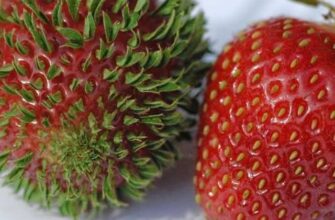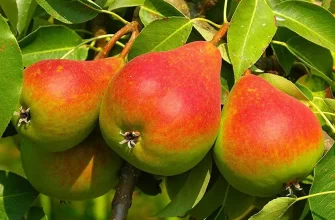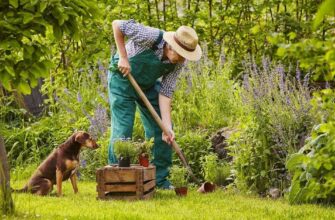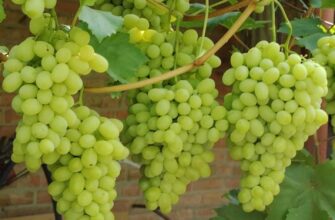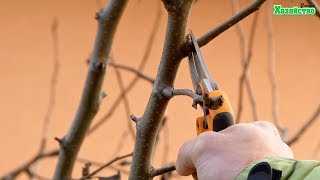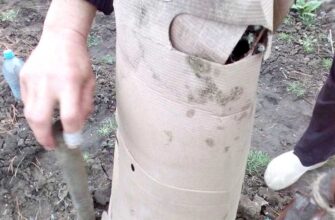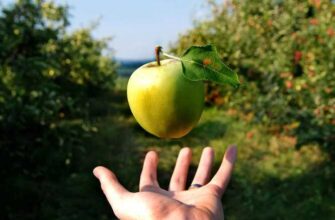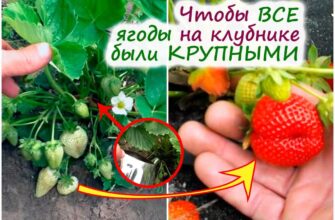- Осенняя обрезка чёрной смородины
- 1. Сроки обрезки
- 2. Формирование куста
- 3. Санитарная обрезка
- Особенности обрезки чёрной смородины
- 1. Время обрезки
- 2. Уровень обрезки
- 3. Санитарная обрезка
- Сравнение с обрезкой красной смородины
- Сравнение с обрезкой крыжовника
- Выбор периода для обрезки
- Подготовка к обрезке
- Инструменты для обрезки
- Правила обрезки чёрной смородины
- Удаление больных и слабых растений
- Укорачивание побегов и веток
- Уход после обрезки
- Вопрос-ответ:
- В чем особенности осенней обрезки чёрной смородины по сравнению с обрезкой красной смородины и крыжовника?
- Как проводится осенняя обрезка чёрной смородины?
- Какие особенности обрезки красной смородины и крыжовника?
- Какие преимущества осенней обрезки чёрной смородины?
- Видео:
- СМОРОДИНА. Летняя обрезка смородины.
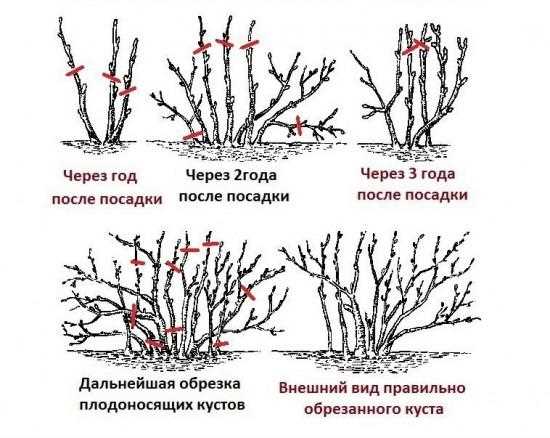
Обрезка растений является важной процедурой в уходе за садом. Чёрная смородина, красная смородина и крыжовник – это популярные плодовые кустарники, требующие регулярного обрезания для достижения максимального урожая и укрепления здоровья растений. Однако, при обрезке чёрной смородины, следует учесть некоторые отличия в сравнении с обрезкой красной смородины и крыжовника.
Осенняя обрезка чёрной смородины играет важную роль в формировании кроны и регулировании плодоношения. В отличие от обрезки красной смородины и крыжовника, чёрная смородина обычно обрезается в конце осени или начале зимы, после сбора урожая. При этом учтите, что некоторые сорта чёрной смородины могут иметь свои особенности обрезки, поэтому рекомендуется ознакомиться с инструкцией по уходу для конкретного сорта.
Отличия обрезки чёрной смородины от обрезки красной смородины и крыжовника заключаются в особенностях формирования кроны и удаления старых побегов. Во время осенней обрезки чёрной смородины рекомендуется удалить все побеги, которые старше трех лет, чтобы стимулировать рост новых сильных побегов. Также уделяйте внимание удалению поврежденных и слабых побегов, чтобы улучшить освещение и циркуляцию воздуха внутри куста.
Обрезка чёрной смородины позволяет добиться лучшего плодоношения и улучшить внешний вид куста. Осеннюю обрезку следует проводить осторожно, чтобы не повредить зимние почки и сохранить здоровье растения на зиму.
Помните, что правильная обрезка чёрной смородины, а также красной смородины и крыжовника, играет важную роль в уходе за садом. Следуйте рекомендациям по обрезке для каждого вида растений, учтите их особенности и получите обильный урожай и здоровые растения.
Осенняя обрезка чёрной смородины
Обрезка чёрной смородины осенью имеет свои особенности, которые отличаются от обрезки красной смородины и крыжовника. При проведении осенней обрезки смородины учтите следующие отличия от крыжовника.
1. Сроки обрезки
Для чёрной смородины оптимальным временем для осенней обрезки является период после сбора урожая, когда растение начинает готовиться к зимнему сну. В отличие от крыжовника, чёрная смородина не требует многолетней прореживания, и основная обрезка проводится каждый год.
2. Формирование куста
При обрезке чёрной смородины учитывайте особенности её куста. Основные ветви стараются сохранить более долгое время, поэтому концентрируйте основные меры на удалении побегов и отводков. Удаление поврежденных и сильно утолщенных веток способствует лучшему проникновению света и вентиляции внутрь куста.
3. Санитарная обрезка
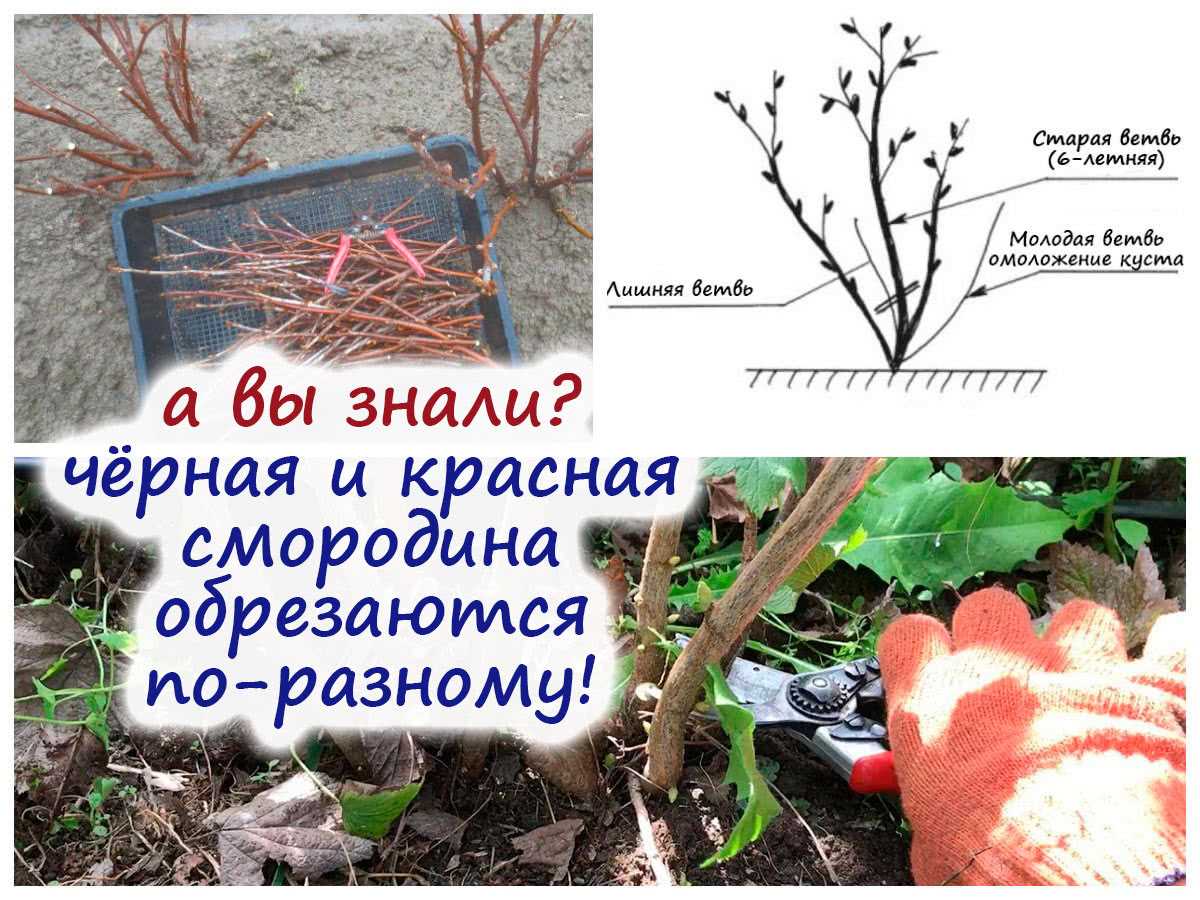
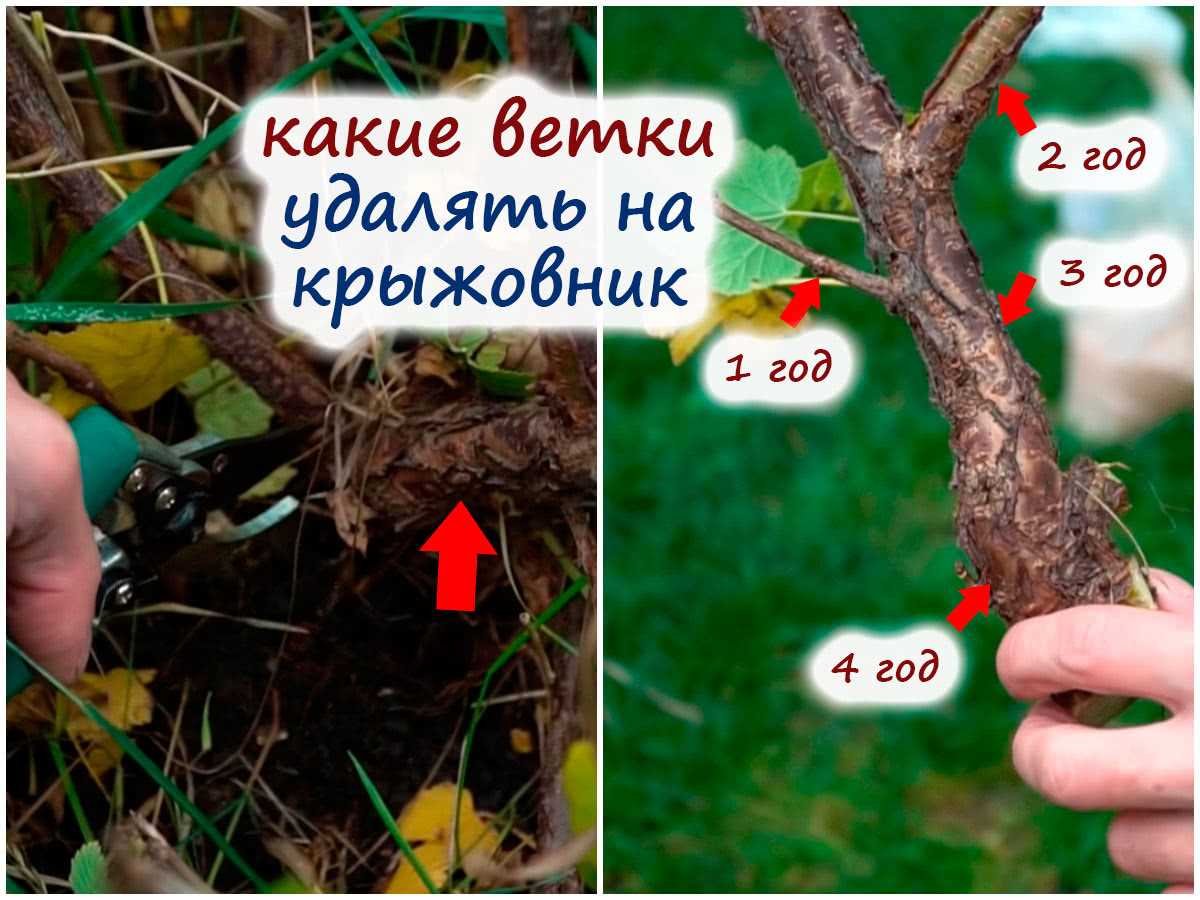
Важной задачей осенней обрезки чёрной смородины является проведение санитарной обрезки, которая помогает избавиться от больных и поврежденных веток. Обрезку следует проводить до начала заморозков, чтобы минимизировать риск распространения заболеваний или вредителей на оставшиеся ветви и почки.
Следуя этим рекомендациям, вы сможете провести эффективную осеннюю обрезку чёрной смородины и обеспечить здоровый рост и развитие растения.
Особенности обрезки чёрной смородины
Обрезка чёрной смородины имеет свои особенности, которые необходимо учесть при проведении данной процедуры. Отличия обрезки чёрной смородины от обрезки красной смородины и крыжовника заключаются в нескольких моментах.
1. Время обрезки

Осенняя обрезка чёрной смородины производится в отличие от красной смородины и крыжовника, которые обрезаются весной или летом. Обрезку чёрной смородины рекомендуется проводить осенью, после опадения листьев и перед началом зимы.
2. Уровень обрезки
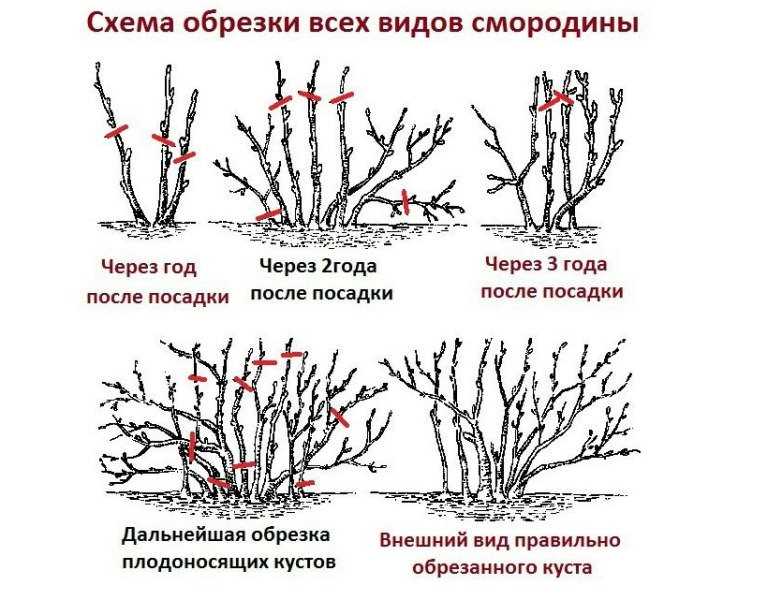
При обрезке чёрной смородины важно учесть, что она образует урожай на двухлетних побегах. Поэтому необходимо удалить старые и поврежденные побеги, оставив на кусте только молодые, здоровые и сильные побеги. Такие побеги будут давать хороший урожай в следующем году.
3. Санитарная обрезка
Осенью также проводят санитарную обрезку чёрной смородины, удаляя засохшие, больные и поврежденные ветки. Это помогает предотвратить распространение болезней и вредителей.
Важно помнить, что обрезка чёрной смородины, как и обрезка других садовых растений, требует аккуратности и знания особенностей растения. Правильная обрезка способствует формированию куста, повышению урожайности и улучшению здоровья растения.
Сравнение с обрезкой красной смородины
Обрезка чёрной смородины имеет несколько отличий от обрезки красной смородины. Учитывая эти различия, для успешной осенней обрезки чёрной смородины важно знать следующие моменты:
- Время обрезки. Осенняя обрезка чёрной смородины проводится лучше всего в конце осени или начале зимы, когда растение находится в спящем состоянии. В отличие от красной смородины, у которой обрезку проводят весной, обрезка чёрной смородины в этот период позволит растению лучше перенести процедуру и избежать повреждений.
- Подготовка к обрезке. Перед началом обрезки чёрной смородины важно учесть, что это растение образует много побегов, поэтому для обрезки необходимо подготовить острое и чистое секатор. Также следует удалить все заболевшие и поврежденные ветки, чтобы защитить растение от распространения болезней.
- Объём обрезки. Отличие обрезки чёрной смородины от красной также заключается в объёме обрезки. Для чёрной смородины рекомендуется проводить сильную обрезку, сокращая количество побегов до 5-7 на куст. Это позволит растению лучше развиваться и дает возможность получить более крупные и сочные ягоды.
Учитывая эти отличия, осенняя обрезка чёрной смородины будет проведена правильно и позволит получить обильный урожай в следующем сезоне. Запомните, что для успешной обрезки чёрной смородины необходимо выбрать правильное время, подготовиться к процедуре и провести сильную обрезку, сокращая количество побегов.
Сравнение с обрезкой крыжовника

При обрезке крыжовника, в отличие от обрезки чёрной смородины, учтите его особенности. Крыжовник имеет мощные и густые ветви, которые требуют сильного сокращения.
Одним из отличий от обрезки чёрной смородины является то, что обрезка крыжовника должна проводиться в более поздние сроки осени или ранней весной, после сильных заморозков. Такой подход позволяет защитить растение от повреждения.
При обрезке крыжовника следует удалять все слабые, поврежденные или старые ветви. Также нужно сокращать ветви, оставляя их длину около 10-15 см, чтобы стимулировать рост новых побегов.
Еще одним отличием от обрезки чёрной смородины является то, что крыжовник обильно цветет на двухлетних побегах. Поэтому при обрезке необходимо сохранять побеги, которые проросли в прошлом году, чтобы растение имело возможность цвести и плодоносить.
Также стоит учесть, что крыжовник имеет тенденцию к образованию множества побегов. Поэтому при обрезке следует удалять все лишние, чтобы растение получало достаточно питания и света.
Выбор периода для обрезки
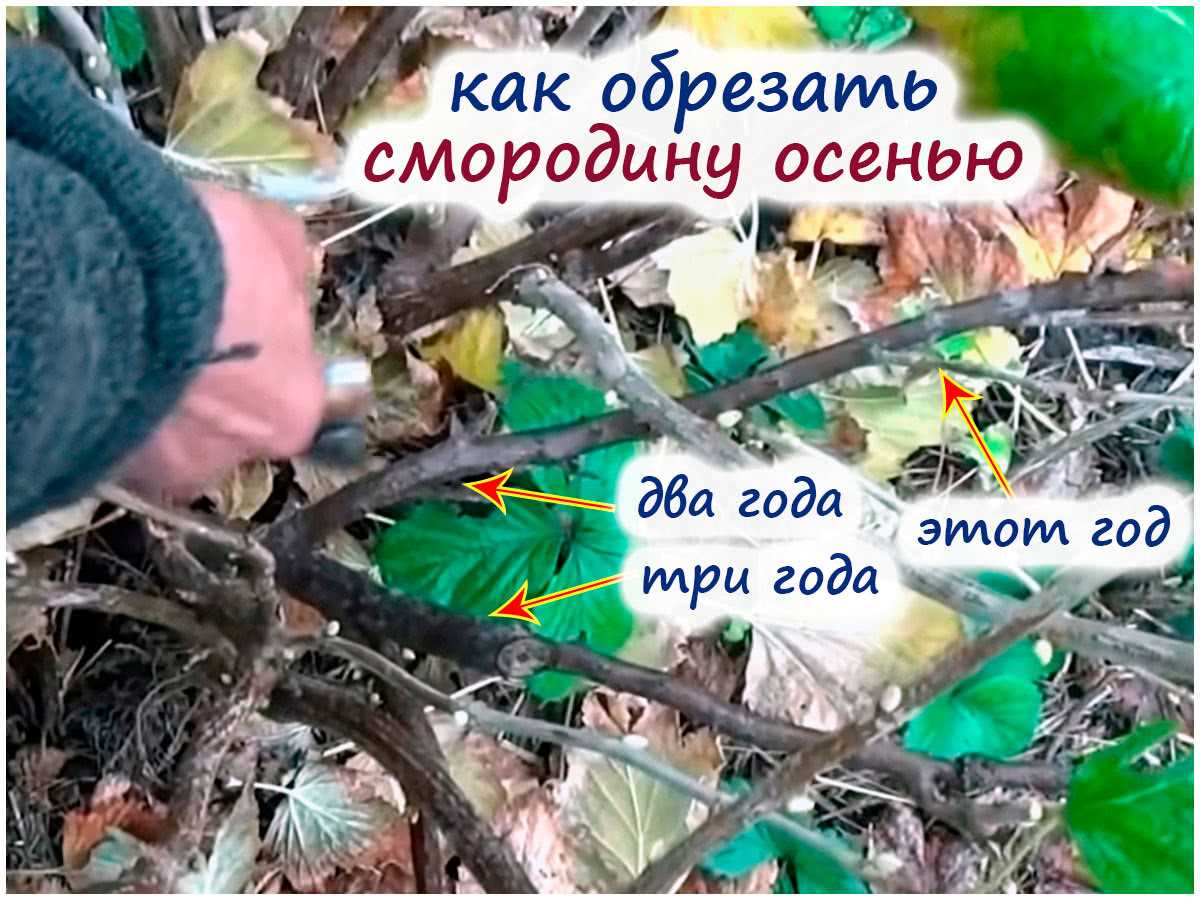
Осенняя обрезка чёрной смородины отличается от обрезки красной смородины и крыжовника. При выборе периода для обрезки учтите особенности чёрной смородины.
Осенняя обрезка чёрной смородины рекомендуется проводить в период с октября по ноябрь. В это время растение входит в период покоя, а листья начинают желтеть и опадать. Проведение обрезки в это время поможет укрепить корневую систему и стимулировать развитие новых побегов в следующем сезоне.
При выборе периода обрезки красной смородины и крыжовника учитывайте, что эти растения отличаются от чёрной смородины. Красная смородина и крыжовник лучше переносят обрезку весной, до начала роста новых побегов. Такой подход позволит сохранить силу и энергию растения для активного роста и развития весной и летом.
Обратите внимание, что выбор периода обрезки зависит от конкретных условий и климатических особенностей вашего региона. Важно учитывать погоду и температурные условия, чтобы не повредить растение.
Так стоп!!! Вы всё ещё не подписаны на наши каналы в Телеграмм и Дзен? Посмотрите: ТГ - (@historyfantasydetectivechat) и Дзен (https://dzen.ru/myshortsstorys)
Подготовка к обрезке
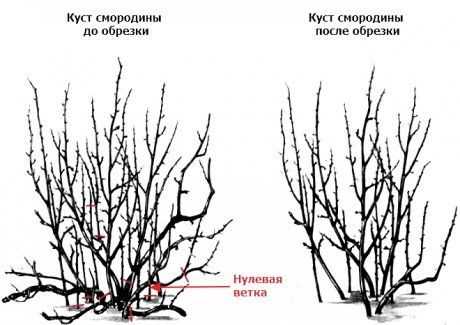
Перед приступлением к обрезке чёрной смородины, учтите особенности этого растения. Оно отличается от красной смородины и крыжовника не только внешним видом, но и требованиями к обрезке.
Первым шагом перед обрезкой чёрной смородины следует провести осмотр кустов и определить, какие ветки нуждаются в обрезке. Удалите поврежденные или заболевшие ветки, а также те, которые перекрывают другие ветки и препятствуют проникновению солнечного света.
Важно учесть, что чёрная смородина отличается от своих сородичей тем, что на ней формируются плодоносные побеги на двухлетних ветвях. Поэтому при обрезке стоит оставить молодые побеги, которые могут стать основой для будущего урожая.
Инструменты для обрезки
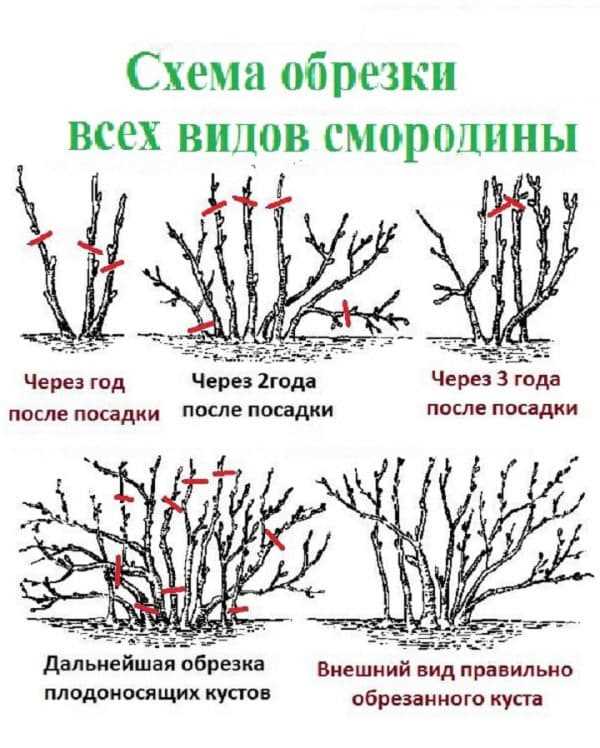
При осенней обрезке чёрной смородины необходимо учесть отличия этого процесса от обрезки красной смородины и крыжовника. Правильный выбор инструментов является важным шагом для успешной обрезки.
Для обрезки чёрной смородины рекомендуется использовать острые секаторы или садовые ножницы. Острые лезвия позволят сделать чистые и аккуратные срезы, минимизируя травмирование растения.
Важно учесть, что чёрная смородина обладает более плотной и густой листвой по сравнению с красной смородиной и крыжовником. Поэтому при выборе инструментов для обрезки, учтите возможность комфортного и эффективного проникновения внутрь куста.
Для удаления побегов и отводки основных ветвей рекомендуется использовать секаторы с длинными ручками или пилу с тонкими зубьями. Эти инструменты облегчат доступ внутрь дерева и позволят вам удалять ненужные ветви с минимальными усилиями.
Правила обрезки чёрной смородины
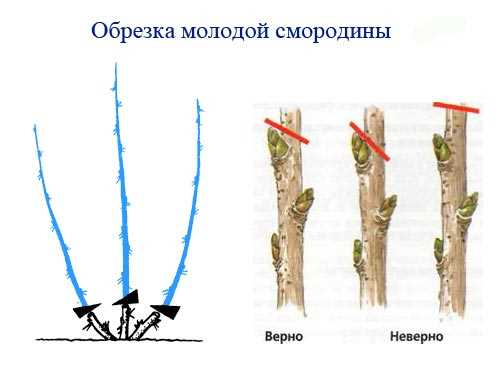
При осенней обрезке чёрной смородины необходимо учесть отличия от обрезки красной смородины и крыжовника. Чёрная смородина отличается от других видов смородины и крыжовника своей ветвистой и густой кроной.
Учтите, что от осенней обрезки чёрной смородины зависит её урожайность и здоровье. Важно удалить все старые, повреждённые и больные ветви, чтобы способствовать росту новых и здоровых.
При обрезке чёрной смородины рекомендуется использовать секатор или пила для удаления толстых ветвей. Сначала удаляются сухие и сломанные ветки, затем старые побеги, а также те, которые слишком густо перекрывают друг друга.
Для формирования кроны чёрной смородины можно использовать метод санитарной обрезки или формирующую обрезку. При санитарной обрезке удаляются ветки, которые повреждены или больны. При формирующей обрезке создаются определенные условия для роста новых побегов, учитывая форму куста.
Осенняя обрезка чёрной смородины помогает обновить растение, убрать лишние ветки и предотвратить возможные заболевания. Правильная обрезка способствует росту здоровых побегов и улучшает урожайность растения.
Удаление больных и слабых растений

При обрезке чёрной смородины и крыжовника, важно учитывать отличия от обрезки красной смородины. Одним из таких отличий является необходимость удаления больных и слабых растений.
При обнаружении заболевших растений, необходимо их удалить как можно скорее. Болезнь может распространиться на остальные кусты, поэтому важно принять меры предосторожности. Также следует удалить слабые растения, которые несут риск для здоровых кустов. Это позволит улучшить общее состояние растений и повысить урожайность.
Важно учесть, что при обрезке чёрной смородины и крыжовника нужно быть аккуратным, чтобы не повредить здоровые побеги. Поэтому перед началом обрезки рекомендуется ознакомиться с основными правилами и техникой обрезки этих растений. Не забывайте использовать садовый инструмент, который подходит для обрезки смородины и крыжовника.
Укорачивание побегов и веток
Осенняя обрезка чёрной смородины имеет свои отличия от обрезки красной смородины и крыжовника. При осенней обрезке чёрной смородины необходимо учесть особенности растения и правильно выполнить обрезку.
Основной целью осенней обрезки чёрной смородины является формирование куста и удаление старых, больных или поврежденных побегов. Укорачивание побегов и веток помогает улучшить вентиляцию и проникновение солнечного света внутрь куста, что благотворно сказывается на развитии растения и урожайности.
При осенней обрезке чёрной смородины следует учитывать, что лучше всего укорачивать побеги, отходящие от основных веток под углом около 45 градусов. Это позволит создать правильную форму куста и обеспечить равномерное распределение плодов на растении.
Также важно учитывать возраст побегов при осенней обрезке чёрной смородины. Молодые побеги можно сокращать на 2-3 почки, а старые побеги – на 5-6 почек. Это поможет стимулировать рост новых побегов и улучшить плодоношение на следующий сезон.
Уход после обрезки
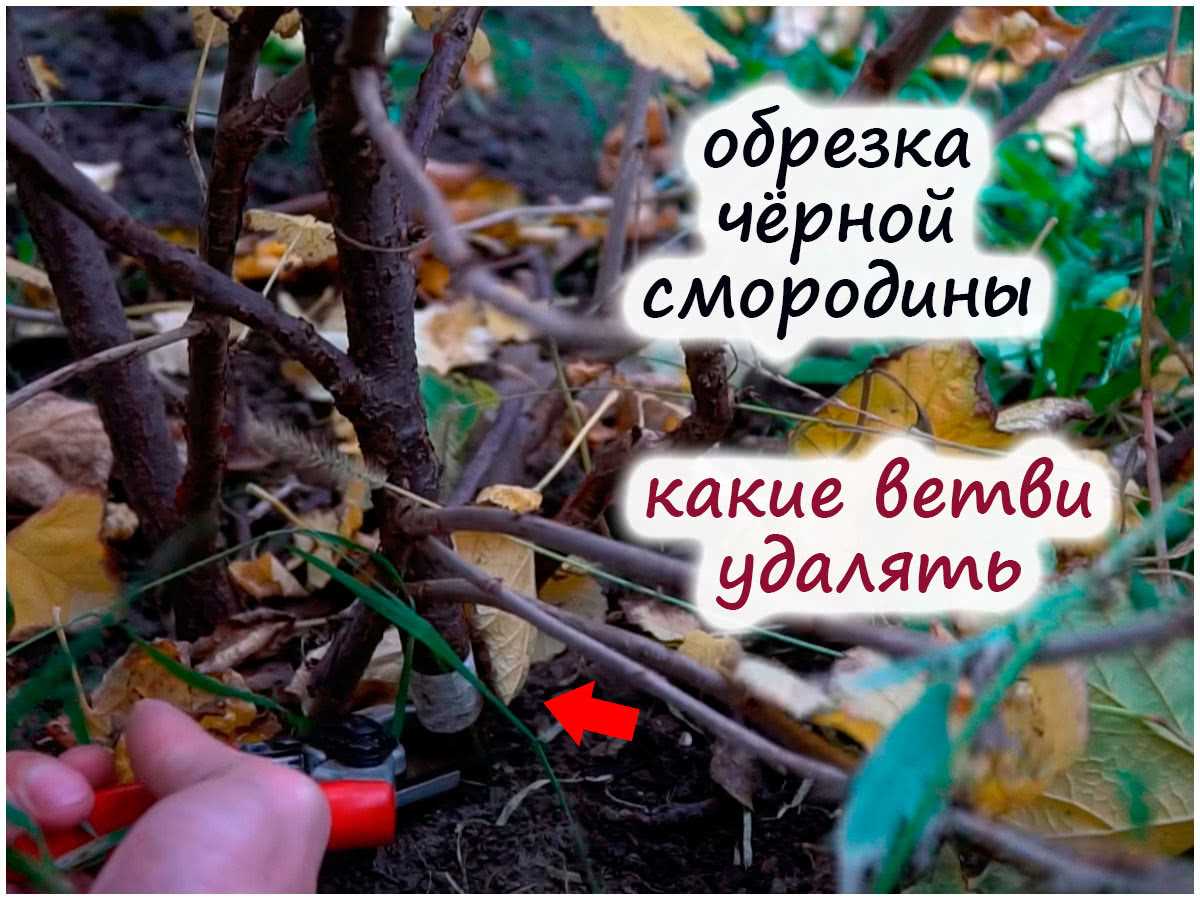
После осенней обрезки чёрной смородины есть несколько особенностей в уходе, которые стоит учесть.
В отличие от обрезки красной смородины и крыжовника, после обрезки чёрной смородины необходимо обращать особое внимание на подкормку растений. После обрезки чёрной смородины растение испытывает стресс и нуждается в дополнительных питательных веществах для быстрого восстановления. Рекомендуется удобрять почву комплексными удобрениями, содержащими азот, фосфор и калий.
Также следует учесть, что после осенней обрезки чёрной смородины важно провести профилактическую обработку растений от вредителей и болезней. Рекомендуется использовать специальные препараты, которые защитят растения от возможного заражения.
Не менее важным моментом в уходе после обрезки чёрной смородины является правильный полив. Растения нуждаются в достаточном количестве влаги для активного роста и восстановления. Рекомендуется поддерживать умеренный режим полива, учитывая погодные условия и влажность почвы.
Вопрос-ответ:
В чем особенности осенней обрезки чёрной смородины по сравнению с обрезкой красной смородины и крыжовника?
Осенняя обрезка чёрной смородины имеет свои особенности по сравнению с обрезкой красной смородины и крыжовника. Во-первых, у чёрной смородины обрезка проводится в более поздние сроки, когда листья уже опали. Во-вторых, при обрезке чёрной смородины необходимо удалить старые и больные побеги, а также провести формирование куста. Также важно обратить внимание на укоренение саженцев чёрной смородины, чтобы куст был здоровым и энергоёмким перед зимним периодом.
Как проводится осенняя обрезка чёрной смородины?
Осенняя обрезка чёрной смородины проводится после опадения листьев, обычно в сентябре-октябре. Сначала необходимо удалить все старые и больные побеги, оставляя самые сильные и здоровые. Затем проводится формирование куста: сокращение длины побегов, удаление побегов, растущих внутрь куста, и придание формы кусту. Также важно провести проверку укоренения саженцев и при необходимости провести подкормку и укрытие куста на зиму.
Какие особенности обрезки красной смородины и крыжовника?
Обрезка красной смородины и крыжовника имеет свои особенности по сравнению с обрезкой чёрной смородины. Красная смородина обрезается весной, перед началом вегетационного периода. При обрезке необходимо удалить все засохшие и поврежденные ветви, а также провести формирование куста. Крыжовник также обрезается весной, но его обрезка сводится к удалению старых и утолщенных ветвей, а также приданию формы кусту.
Какие преимущества осенней обрезки чёрной смородины?
Осенняя обрезка чёрной смородины имеет несколько преимуществ. Во-первых, осенью побеги уже достигают своей окончательной длины, что позволяет более точно провести обрезку и формирование куста. Во-вторых, осенняя обрезка способствует более интенсивному укоренению саженцев, что обеспечивает более сильные и здоровые кусты на следующий год. Также осенняя обрезка позволяет удалить все старые и больные побеги, предотвращая их распространение на здоровые ветви.

